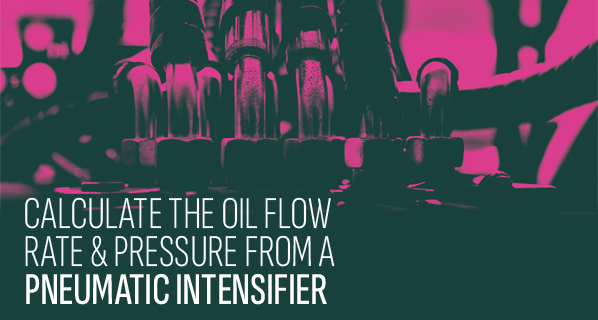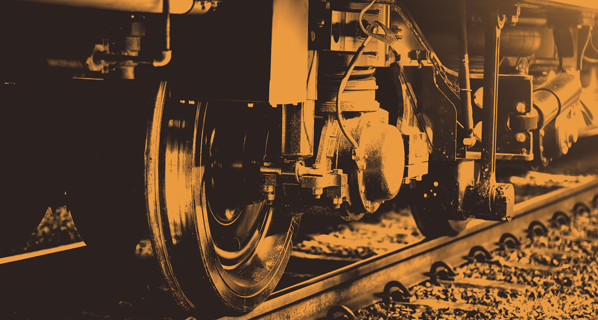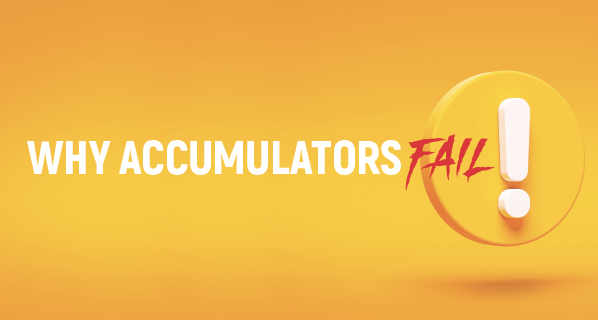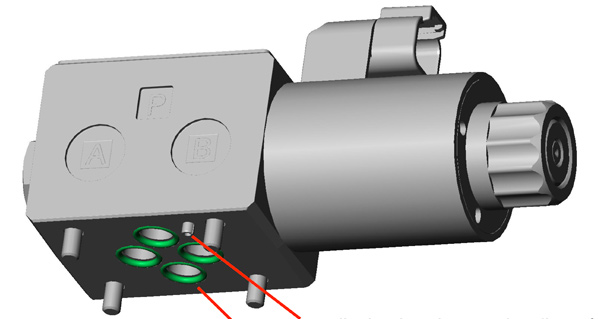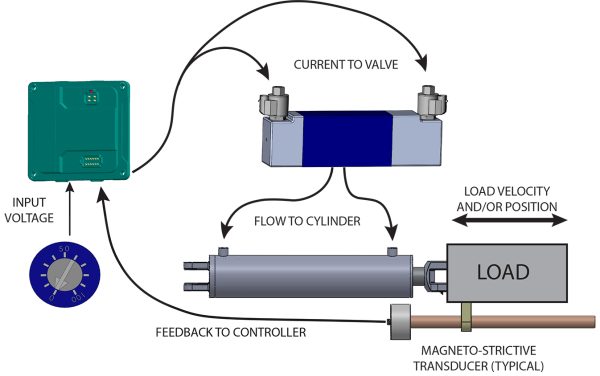Test Your Skills: Calculate the Oil Flow Rate & Pressure From a Pneumatic Intensifier
Air-oil intensifiers combine advantages of both pneumatics and hydraulics in one system. Air is spongy and lacks precision and stiffness, while hydraulic oil …
Test Your Skills: Hydraulic Components in Circuits–Mobile Valves
Load-sensing valves are designed to be used with a load-sensing pump. The valves typically have spools with metering notches allowing proportional control of …
Test Your Skills: Why Accumulators Fail
There are a number of reasons why a bladder or diaphragm in an accumulator typically fails. The most common reason is that the compression ratio is exceeded. …
Test Your Skills: Stopping & Holding Loads Safely
Whenever a cylinder accelerates, stops, or decelerates, it applies classic Newtonian laws of motion. Considerable effort goes into designing a cylinder circuit …
Test Your Skills: The Application and Operation of Transducers
In closed loop control applications, it is necessary to convert some physical property into an electrical signal to provide a feedback signal to the amplifier. …
Test Your Skills: Sizing and Selecting Vacuum Pads
Vacuum pads are primarily used for handling smooth-surfaced material but can be used with textured or irregularly shaped material as well. Because sheet glass …
Test Your Skills: Replacing Hydraulic Valves
Even though hydraulic valves are relatively simple devices, often with only one or two moving parts, close attention needs to be paid when replacing them. …
Test Your Skills: Considering Component Capability
Some fluids with very good lubricity and viscosity characteristics may prove caustic to the material in pumps, actuators, or valves, especially when hot. There …
Test Your Skills: Opening Up About Closed Loop Control
When accuracy and repeatability are important to a process, such as when an actuator is required to follow a predetermined position profile, a closed loop …
Test Your Skills: The Application of Fluids
Selection of viscosity must be made with the normal operating temperature of the machine in mind. The temperature is usually measured at the pump. The correct …

